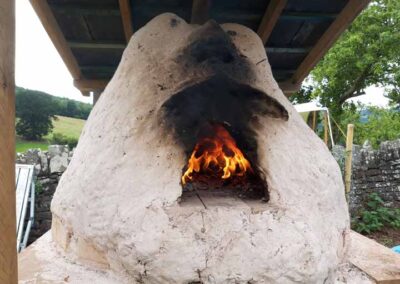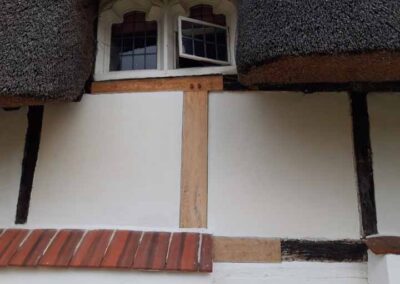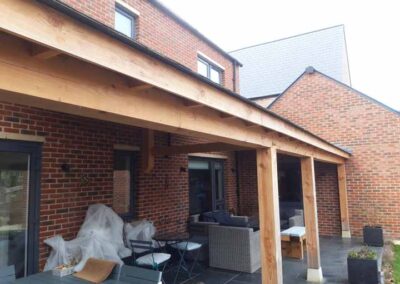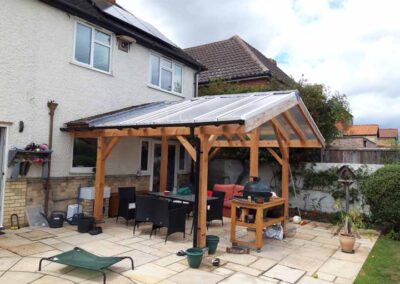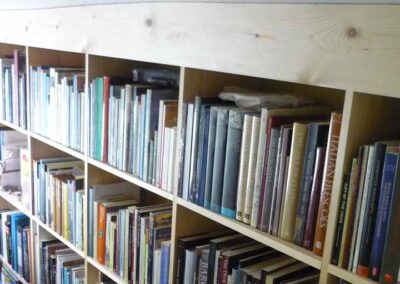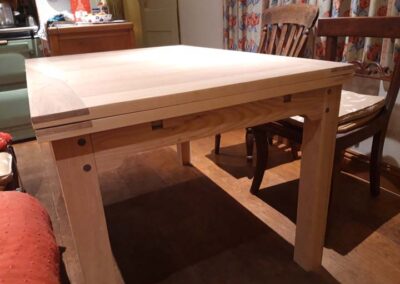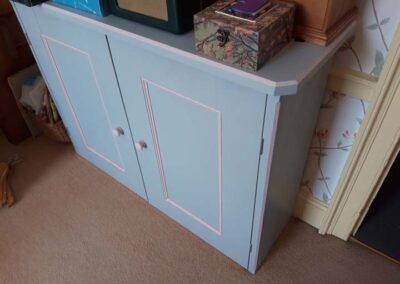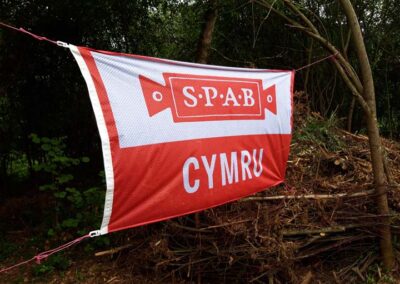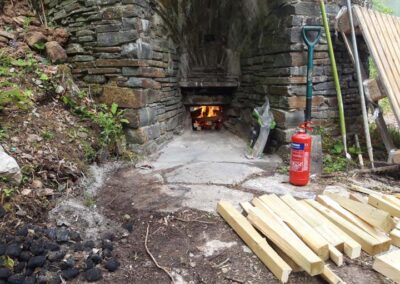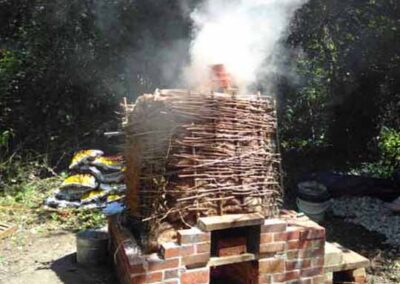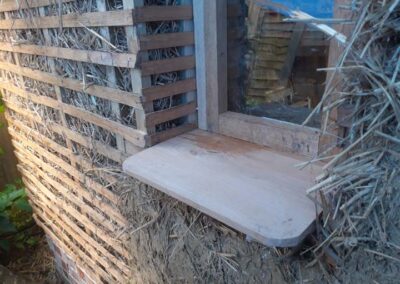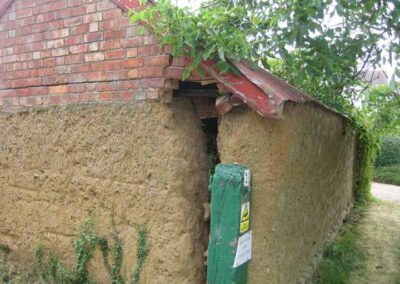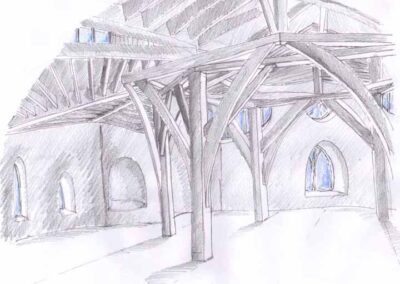Source & Build
Manifest work as specialist oak framers and natural builders, working hands-on to create our own buildings. We will work as main contractors, or as specialist sub-contractors – both on projects where we have acted as architects, or under other designers according to preference. But we are also actively engaged in sourcing and processing our own materials, whether this is timber from our own working woodland, or through lime-burning, charcoal, earth and straw. In all our work, the emphasis lies on natural materials with little processing, where past tradition meets future sustainability.
Regenerative Architecture
Food miles, local sources, organic and regenerative farming – these are issues at the top of the contemporary agenda. But what if we thought not only about the food we eat, but the houses that we build? We believe that the time has come for a real engagement with local materials and a consideration of the lowest possible impacts and carbon footprints. What if building materials could be organic, in the same way as food? What if the manufacture of materials could enhance its landscape and biodiversity, not destroy?
We firmly believe that being craftspeople and builders makes us better architects. Manifest goes further, seeking that intimate connection with the landscape itself, and the ultimate sourcing of the materials we use to build our homes.
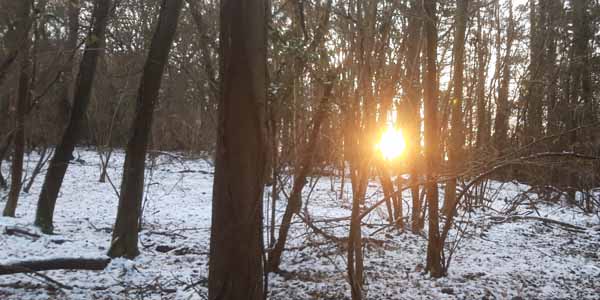
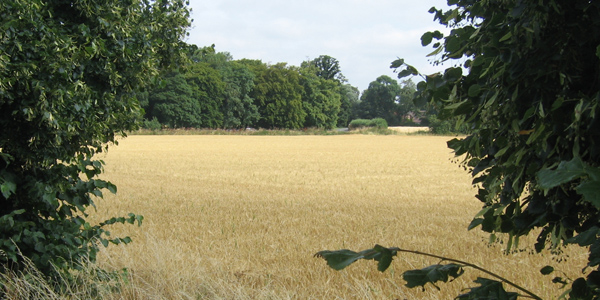
Timber
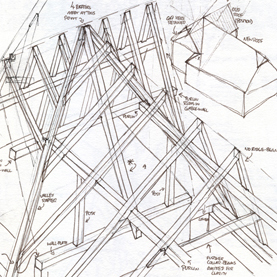
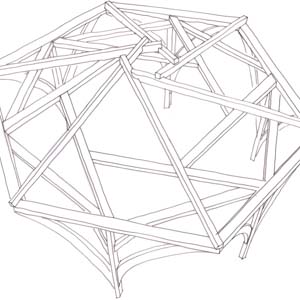
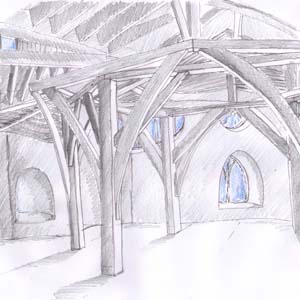
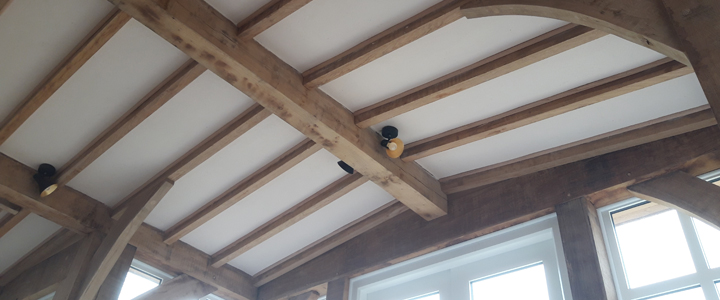
Oak
Manifest work as oak framers in the English & Welsh traditions. Each timber, which is rarely straight or square, is individually scribed and jointed to its neighbour to make beautiful framed structures. We work directly with woodsmen and sawyers where possible, choosing the trees which suit our designs. Our work includes conservation of historic timber structures, where we can use sympathetic techniques to repair the damage caused by centuries of wind and rain.
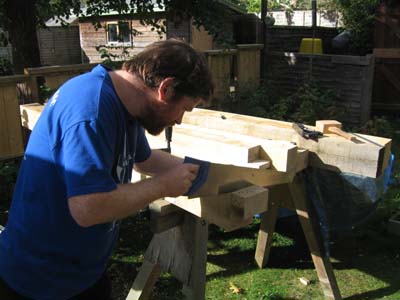
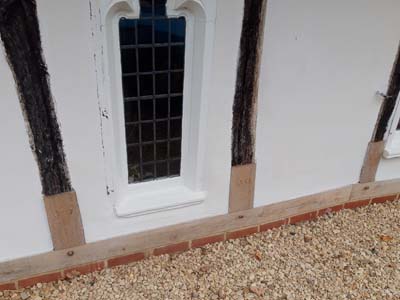
While oak is the most traditional material for timber frames, we are also happy to work in a variety of durable timbers, and have built frames in both sweet chestnut and Douglas fir. We have also carried out some innovative research into reciprocal roof frames of various types, where each member rests on the next but none span the full distance. Our projects here include a treehouse with a new connection detail which greatly simplifies construction, reducing the need for intricately cut and precise jointing, while maintaining all the beauty of these curious structures.
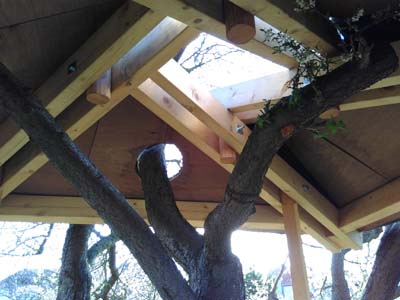
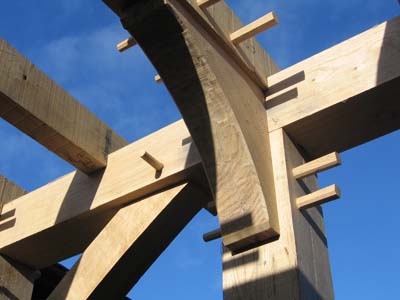
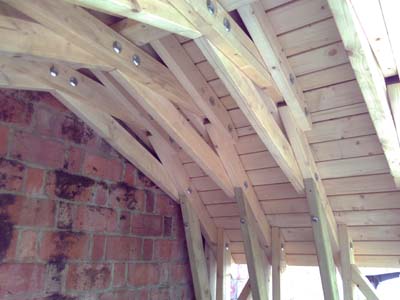

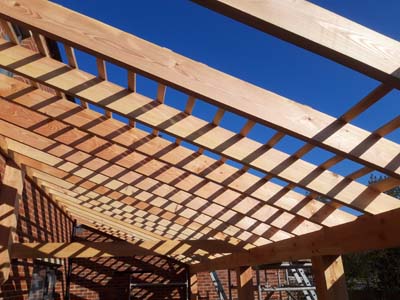
Hazel
Hazel is one of the most versatile kinds of wood, which we provide from our own coppicing activities at Dragon Wood. Depending on the length of the coppicing cycle, we are able to produce whippy rods and stout poles for different uses. These include wattles for daubing and rendering, hurdles and other woodland produce. We are delighted to be working with the Society for the Protection of Ancient Buildings in their initiative to source greater amounts of British hazel for thatching spars and liggers, while hazel stakes are also an integral part of straw bale building projects.
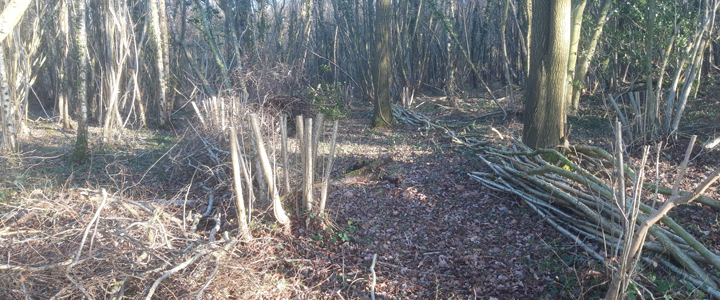
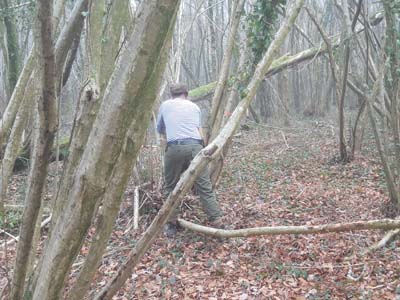
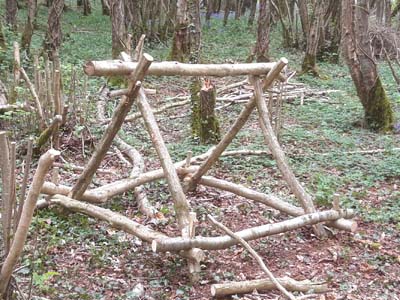

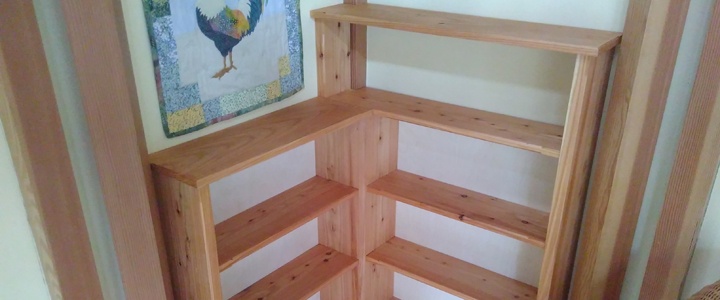
Furniture & Speciality Timbers
Our workshop produces a range of small furniture pieces and woodcarving projects. We often use wood sourced from our own woodland for this work, for as well as hazel coppice and oak standards, the woods contain ash, birch and a range of softwoods too. We also work with local gardens and tree surgeons to source unusual timbers which you might struggle to find for sale, and we keep a stock of such species as whitebeam, golden rain, false cedar and acacia wood. If you have a tree which needs to come down, but which you’d like to use or turn in to something beautiful, we can usually help.
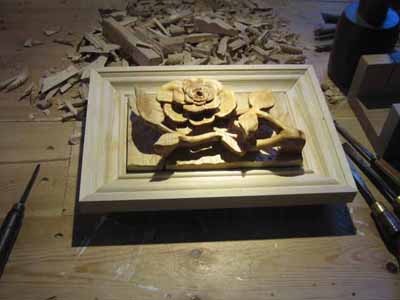
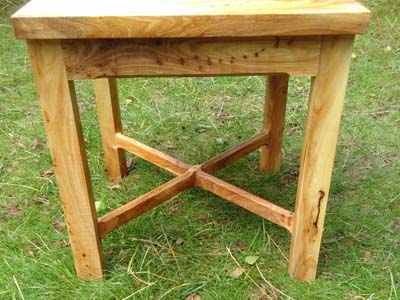
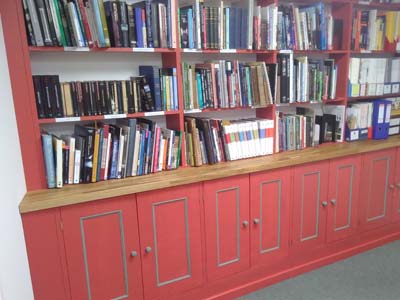
Featured Furniture Projects
Lime

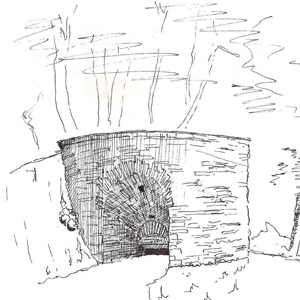

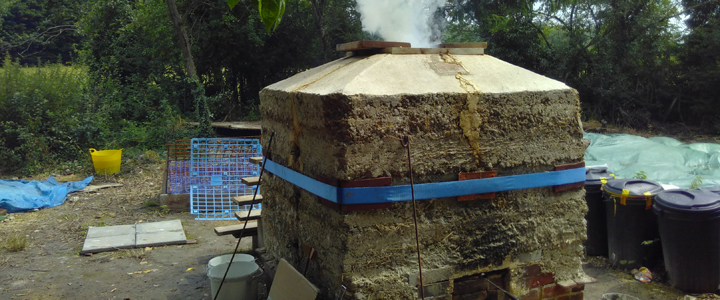
Lime Burning
Building limes are an essential component of traditional construction, used to make mortars, plasters, renders and limewashes, as well as lime-stabilised soil. Lime is made by calcining limestone in a kiln, generally to a carefully controlled temperature of around 900 degrees centigrade for a number of hours. The quicklime produced is then slaked with water to produce building limes – either as lime putty, a dry hydrate powder, or directly with damp aggregate to make a “hot mix”. Manifest have worked extensively as lime burners and slakers with the Society for the Protection of Ancient Buildings, constructing and using field kilns across England and Wales.
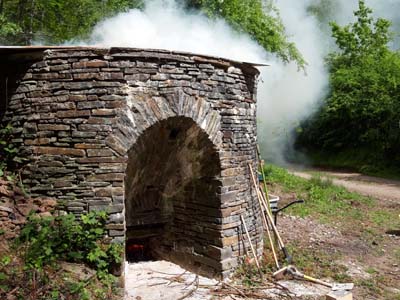
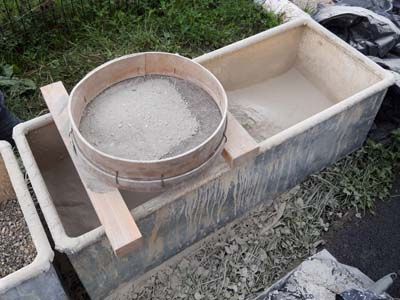
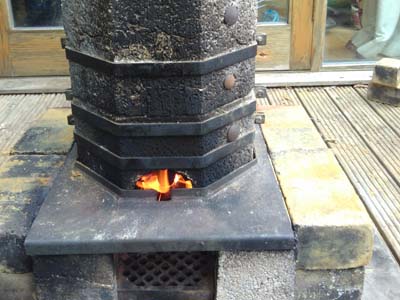
Mortars, Renders & Limewash
Limewash is the historic paint par excellence. Eminently breathable, and made simply of lime putty and clean water (with added earth pigments for a touch of colour if you like), its application in several thin layers provides a durable, beautiful finish to many traditional materials, including renders, brick, stone and even timber. We also work with lime mortars and renders, and we are proud to be able to produce lime using local stone feedstock in our own kiln.
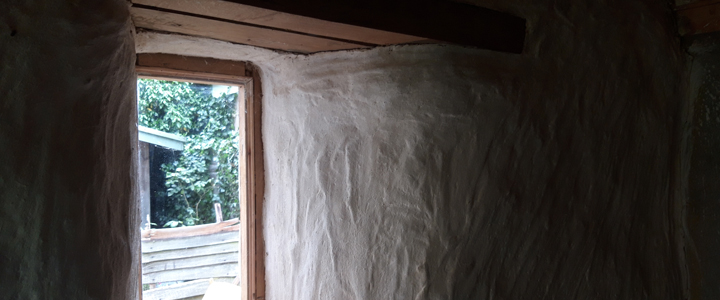
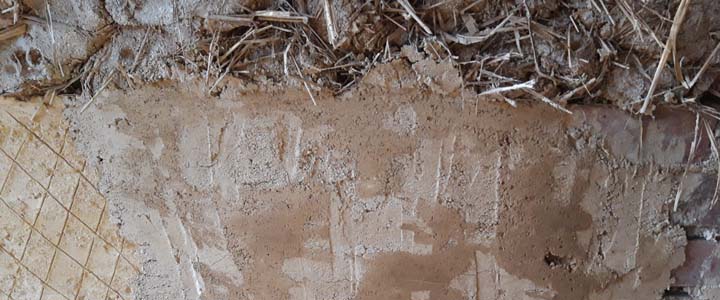
Lime-Stabilised Soil
Lime-stabilised soil is a little-known but vital part of our construction heritage. Used in Britain chiefly for mortars and plasters, lime-stabilised soils can also be used to form structural blocks or monolithic walls. Lime and clay react together in a unique way, rendering them stable in the presence of water – even surviving for several years in total immersion with no loss of strength. Manifest work and research with this material, using local limestones and local soils to create low-carbon structures which are truly of their place.
Earth & Straw
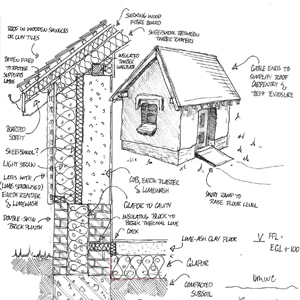

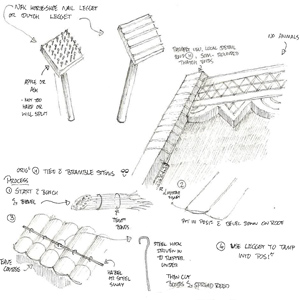

Cob
Cob is one of the simplest and most beautiful of all materials – simply subsoil and straw mixed together. With an appropriate proportion of clay and sand in the subsoil, cob can be moulded by hand to make exceptionally durable walls, shaped into openings and alcoves. Finished with an earth or lime plaster and limewash, cob buildings are immensely tactile, and being made of inherently safe and non-toxic ingredients, cob is suitable for all people in construction, from children to the elderly. In its ability to make use of an abundant resource (subsoil is often sent to landfill), its zero-carbon credentials alone should ensure its continuing use and development.
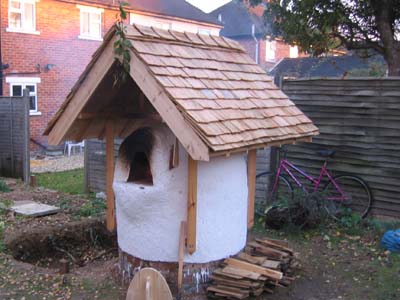
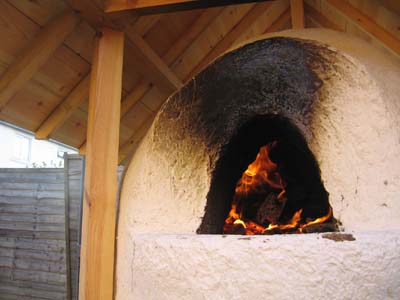
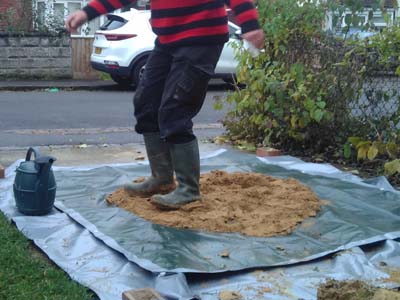
Straw Bales & Straw Clay
Straw bales are becoming a well-known form of construction, inherently excellent at insulating and easy to build with. Manifest also work with straw-clay, a relatively new material, but one based firmly on natural building principles and tradition. A simple mix of loose straw and clay slip, its properties vary with proportion of its ingredients, from light-weight highly insulating forms to heavier blocks suitable for internal walls and other applications.
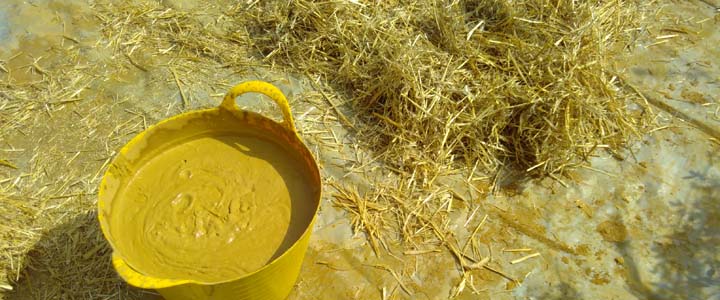
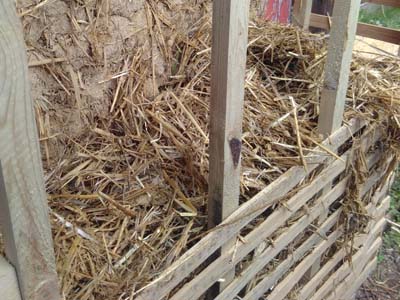
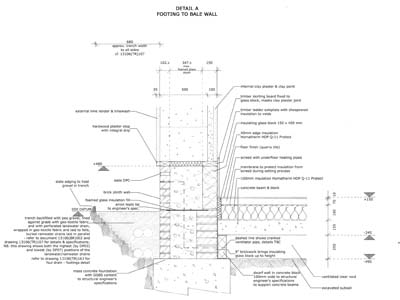
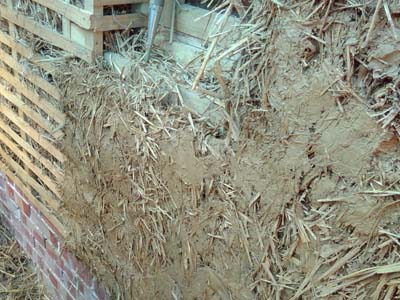
Featured Earth & Straw Projects
Privacy Note | © Manifest Design Workshop Ltd
Manifest Design Workshop Ltd is a company limited by shares, registered in England & Wales, no.10067883
Registered address 13 Ridley Road, Oxford OX4 2QJ

